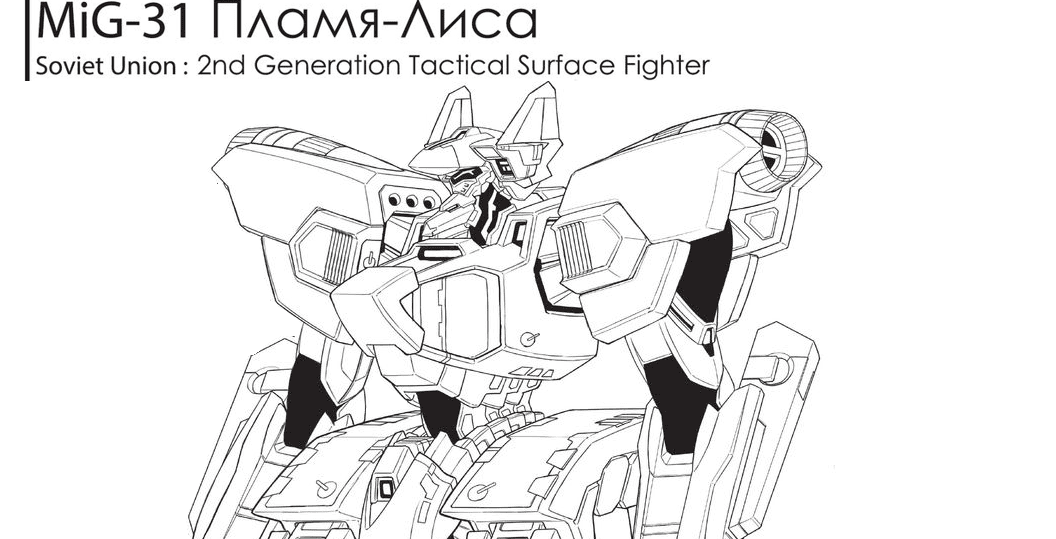
Mecha Profile: MiG-31 Plamya-Lisa – Muv-Luv Alternative
In the late 80s, the Soviet Union was distraught with the BETA war. Pilots and TSFs were being thrown into the battlefield to die, while their territory kept getting smaller and smaller with every passing day. With the “flying coffin” MiG-25‘s atrocious attrition rate, the Soviet leadership sought to revise their anti-BETA strategy. Mikoyam Guluvich once again developed the next TSF in their line-up: the MiG-31 Пламенный Лис (Plamya-Lisa).

I. Development History:
– After the MiG-25 Spirt-Voz deployment in 1987, the casualty rate of Soviet pilots have been skyrocketing, yet no damage has been done to BETA territory, especially with the MiG-25’s deployment. The Soviet leadership sought to revise their anti-BETA strategy , which had been revolving around tactical nuclear weapon and scorched-earth strategy – which obviously wasn’t effective. They ordered the domestic design bureaus (Sufoni and Mikoyam) to develop a new TSF with a higher survival rate.
– Mikoyam opted to refurbish the MiG-25 Spirt-Voz into the MiG-31 instead, modifying its armament capability to carry the America-made AIM-54 missile instead of pure nuclear warheads. The combination of Western technology with their own made the upgrading process steady. By 1990, the MiG-31 commenced official deployment. It was regarded highly by Surface Pilots thanks to its improved mobility and firepower, earning it the nickname “Flame Fox” (Plamya-Lisa).
– Even though the MiG-31 performed better than its predecessor, it was still inferior compared to the American’s craft – the F-14 Tomcat in terms of specification and raw values. However, the UN forcefully settled with the American’s F-14AN3 Mindseeker as the main craft for Alternative III – even though the Soviet was the host for the Program (traditionally, the host country provided the TSF used for the Alternative Plan). In addition, Sufoni was chosen as the lead maintenance for the F-14AN3 as well as their rise in procuring equipment for the Soviet Union led to the suspicion that the decision to adopt the F-14 over the MiG-31 was politically motivated, and that Mikoyam was losing its grounds rapidly. The MiG-31 was tarnished with the fact that it lost to a foreign craft even though it was manufactured by the Program’s host.
– After the MiG-25 Spirt-Voz deployment in 1987, the casualty rate of Soviet pilots have been skyrocketing, yet no damage has been done to BETA territory, especially with the MiG-25’s deployment. The Soviet leadership sought to revise their anti-BETA strategy , which had been revolving around tactical nuclear weapon and scorched-earth strategy – which obviously wasn’t effective. They ordered the domestic design bureaus (Sufoni and Mikoyam) to develop a new TSF with a higher survival rate.
– Mikoyam opted to refurbish the MiG-25 Spirt-Voz into the MiG-31 instead, modifying its armament capability to carry the America-made AIM-54 missile instead of pure nuclear warheads. The combination of Western technology with their own made the upgrading process steady. By 1990, the MiG-31 commenced official deployment. It was regarded highly by Surface Pilots thanks to its improved mobility and firepower, earning it the nickname “Flame Fox” (Plamya-Lisa).
– Even though the MiG-31 performed better than its predecessor, it was still inferior compared to the American’s craft – the F-14 Tomcat in terms of specification and raw values. However, the UN forcefully settled with the American’s F-14AN3 Mindseeker as the main craft for Alternative III – even though the Soviet was the host for the Program (traditionally, the host country provided the TSF used for the Alternative Plan). In addition, Sufoni was chosen as the lead maintenance for the F-14AN3 as well as their rise in procuring equipment for the Soviet Union led to the suspicion that the decision to adopt the F-14 over the MiG-31 was politically motivated, and that Mikoyam was losing its grounds rapidly. The MiG-31 was tarnished with the fact that it lost to a foreign craft even though it was manufactured by the Program’s host.
II. Technical Specs & Armaments:
– The Plamya-Lisa should be roughly the same height as the MiG-25, so around 20-meter range, utilizing two KD-36F Jump Units. The MiG-31 adopted newly developed lightweight, composite armor, therefore reducing the weight of the craft significantly. This gives the unit an astonishingly 40% increase in mobility, combined with the long-range invasion abilities, high-speed straight-line movement and high armament mounting abilities, leading to greater mobile and close-quarter capabilities. Its survivability had reached the standard Western 2nd-generation TSF, making it the first Soviet TSF to display proper 2nd-gen performance.
– The MiG-31 is configured to carry up to 10 AIM-54 Phoenix Missile – four more than the F-14 Tomcat. The AIM-54 Missile is a powerful guided long-range missile used to unleash cluster-ammunition for wide area control purpose. One missile can clear a whole area of BETA, however, it comes at a high manufacturing cost. Fortunately, this was offset by the relatively lower procure cost of the MiG-31 itself. In addition to the AIM-54 adoption, American-made avionics and ECM were also retrofitted onto the craft, allowing for greater abilities in enemy detection and electronics warfare, as well as a great improvement in its responsiveness.
– The MiG-31 possibly uses the standard A-97 Assault Cannons with 36mm rounds with 120mm launcher attachment in addition to its missile rack. In order to take the burden off the Surface Pilot from the increased firepower and specifications of the unit, the MiG-31 adopted a multi-seat control unit that also give it the ability to be a multi-role fighter. A fire control specialist sit in the rear seat to control the armaments, giving it increased precision.
III. Variants:
– MiG-31 Plamya-Lisa: The initial production model of the craft deployed in 1990.
– MiG-31M: An improved variant manufactured by the East Germans with the addition of western technology.
– MiG-31SM Foxhound: An enhanced variant made under NATO/US naming conventions and supervision.
– MiG-31AN3: A proposal craft for Alternative III. Despite its inproved survivability and much higher combat specs, the United Nation insisted on using the American’s F-14AN3 Mindseeker for the Program. Political foul play were suspected, especially with Sufoni – MiG’s rival – securing the contract.
IV. Trivia:
– The real-world MiG-31 was never named in any convention or manner; its Muv-Luv counterpart’s name could be a possible reference to the 1982 film Firefox.
– Most of the MiG-31’s improvements over the MiG-25 hold true to its real-world counterpart’s, except that the MiG-31 was never modified in any manner to accept NATO armaments.
– The TSF MiG-31 accepting the AIM-54 system is considered to parallel the usage of the R-33 missile on the real-world MiG-31, which was said to be the Russian equivalent to the real-world AIM-54.
– MiG-31M: An improved variant manufactured by the East Germans with the addition of western technology.
– MiG-31SM Foxhound: An enhanced variant made under NATO/US naming conventions and supervision.
– MiG-31AN3: A proposal craft for Alternative III. Despite its inproved survivability and much higher combat specs, the United Nation insisted on using the American’s F-14AN3 Mindseeker for the Program. Political foul play were suspected, especially with Sufoni – MiG’s rival – securing the contract.
IV. Trivia:
– The real-world MiG-31 was never named in any convention or manner; its Muv-Luv counterpart’s name could be a possible reference to the 1982 film Firefox.
– Most of the MiG-31’s improvements over the MiG-25 hold true to its real-world counterpart’s, except that the MiG-31 was never modified in any manner to accept NATO armaments.
– The TSF MiG-31 accepting the AIM-54 system is considered to parallel the usage of the R-33 missile on the real-world MiG-31, which was said to be the Russian equivalent to the real-world AIM-54.
Swipe for more:
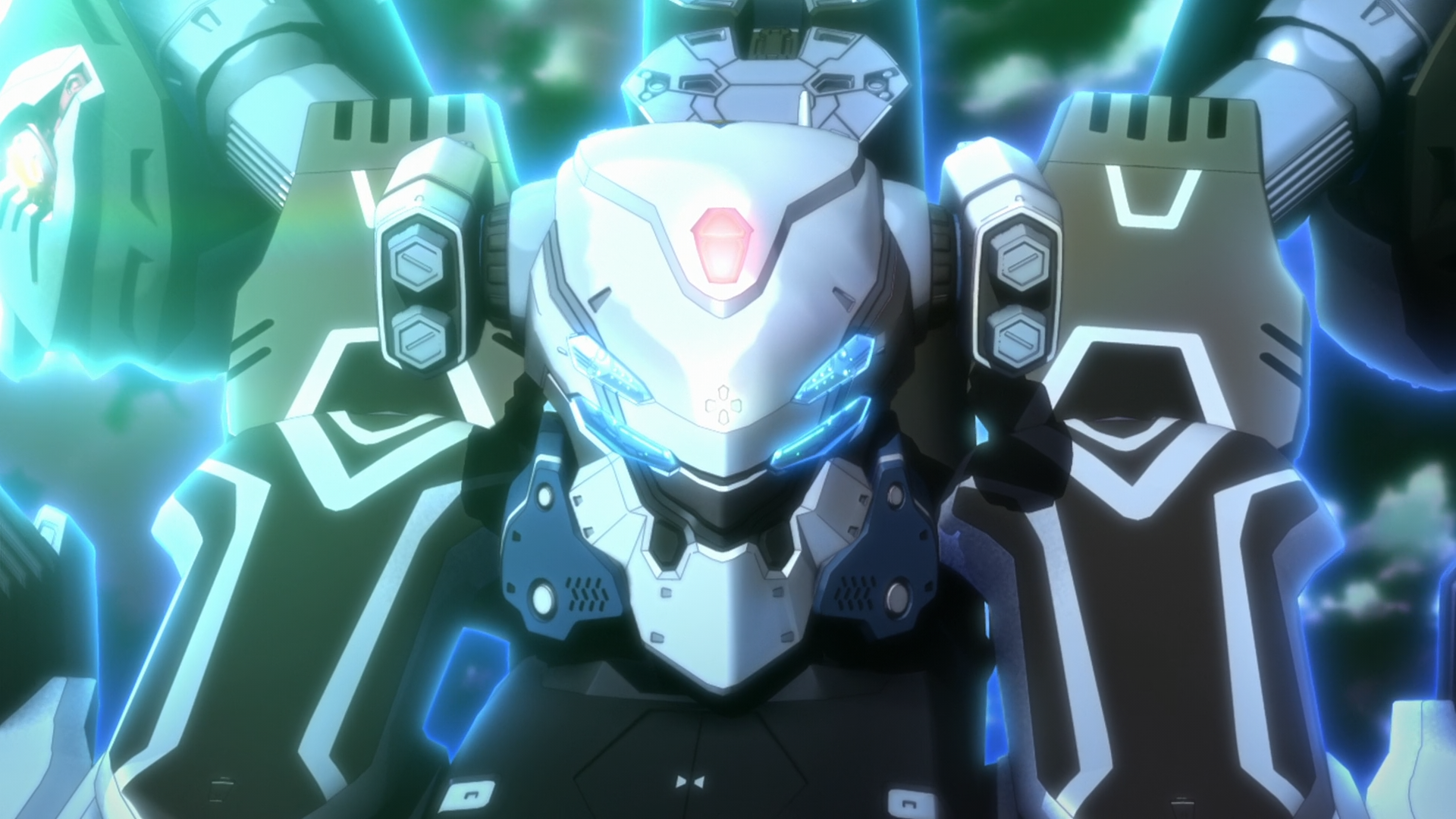
Mecha Profile: Aquarion Gepard – Aquarion EVOL
The 3rd form of the Aquarion EVOL is a walking artillery of destruction – literally. The Aquarion Gepard has enough firepower to even shoot through dimensions.
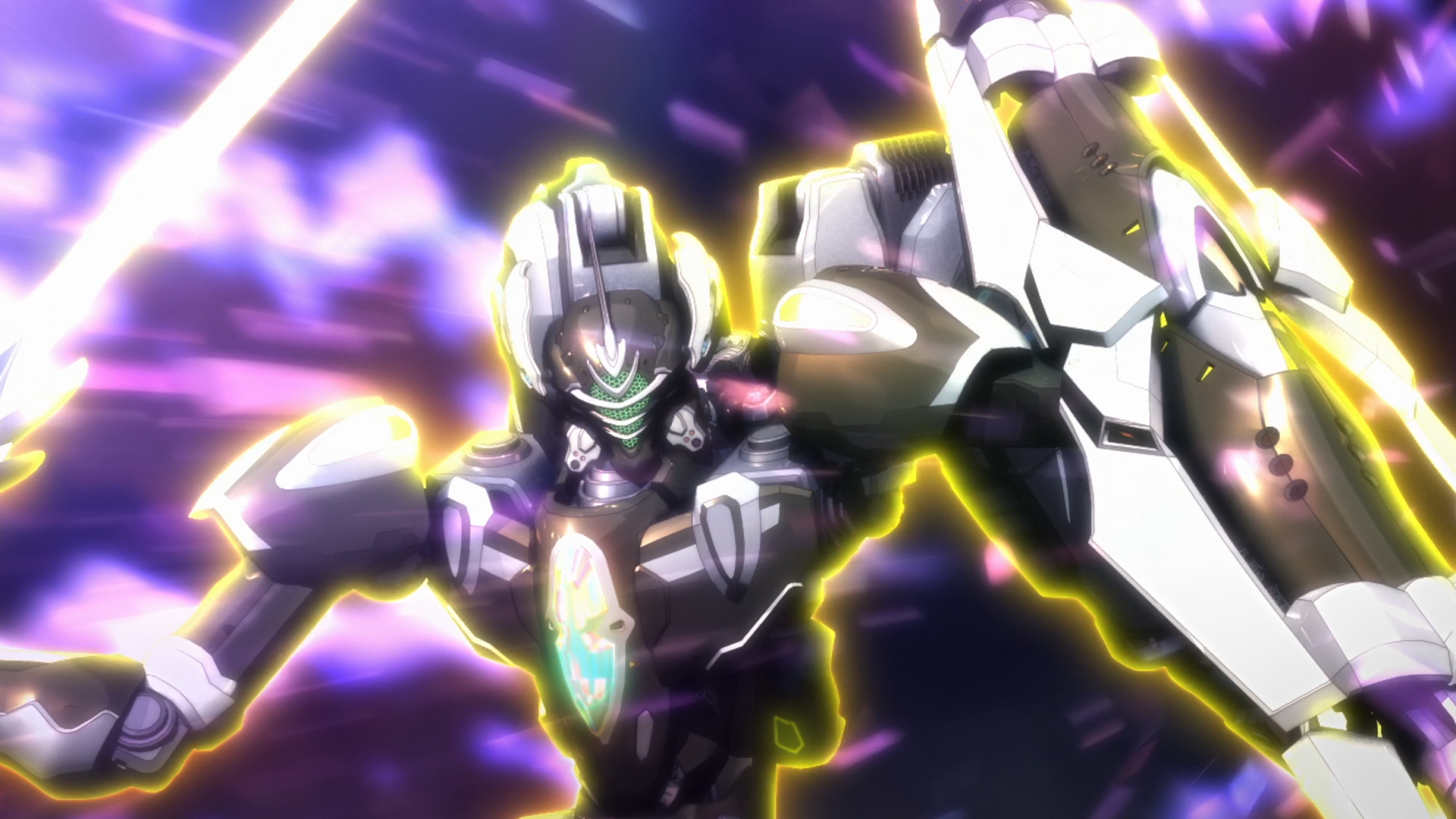
Mecha Profile: Aquarion Spada- Aquarion EVOL
The unbeatable melody of the sword – Aquarion Spada is Evol’s 2nd form. With a strong resemblance to a swordsman, the Spada is a key element in unlocking the myths of 12,000 years.
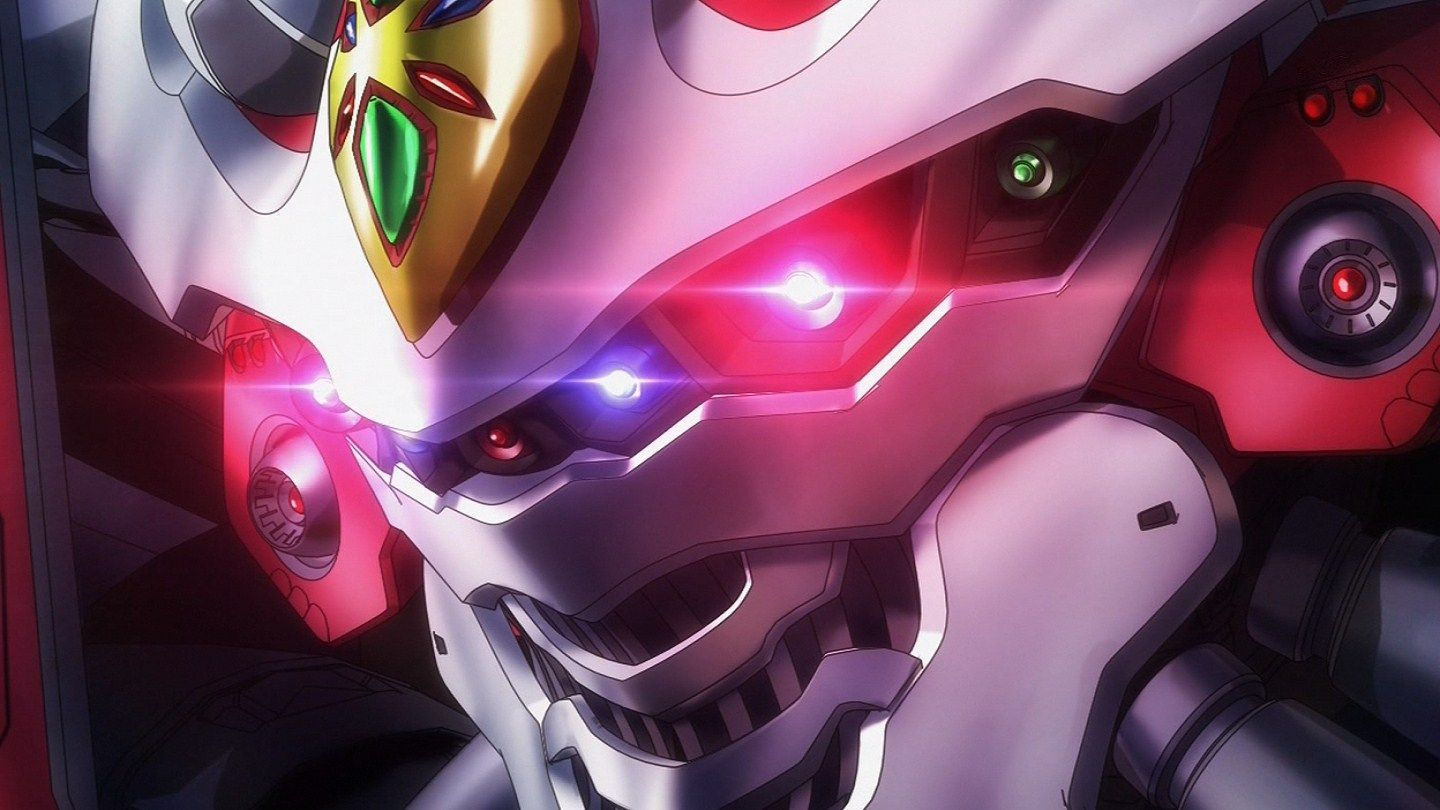
Mecha Profile: Aquarion EVOL – Aquarion EVOL
After 12.000 years, the Mechanical Angel awakens once again. Fighting for the love that span millennia, the Aquarion EVOL once again unlocks the past that was sealed within.
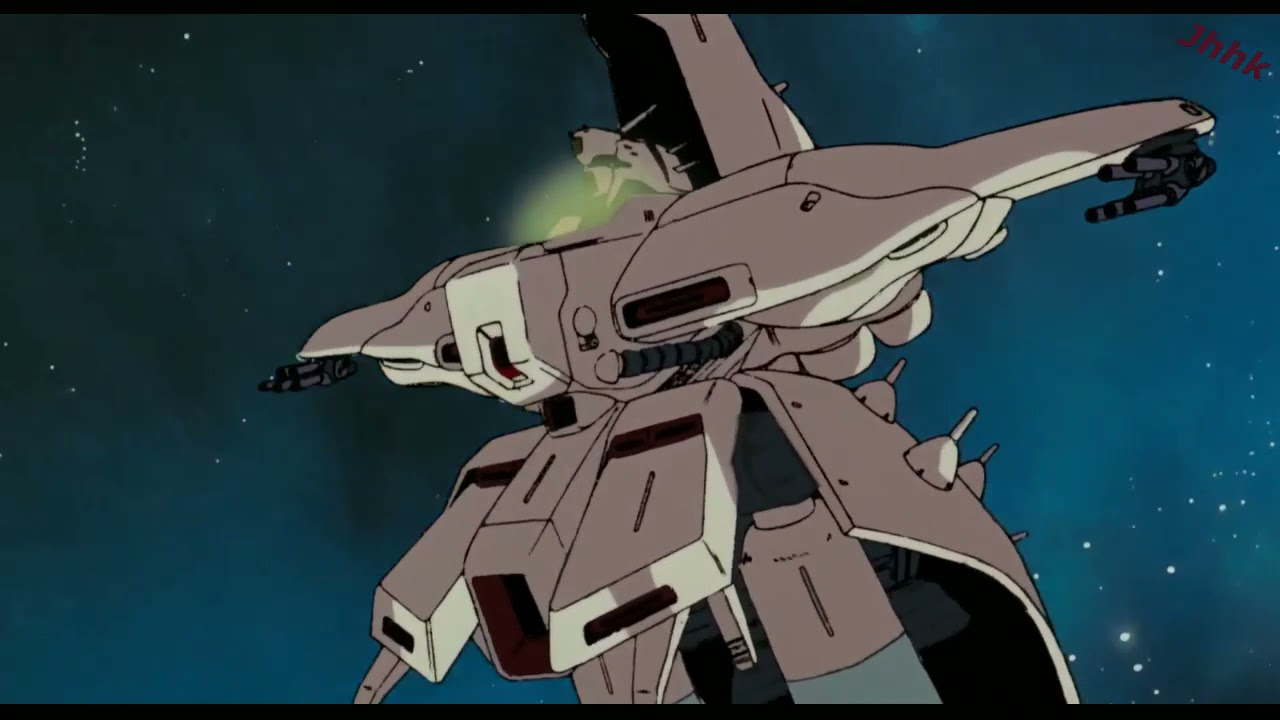
Mecha Profile: NZ-333 Alpha Azieru – Char’s Counterattack
The big and familiar looking NZ-333 α Azieru rumbles the battlefield for the newly formed Neo Zeon. Ironically, it was piloted by a young and naive Newtype girl.
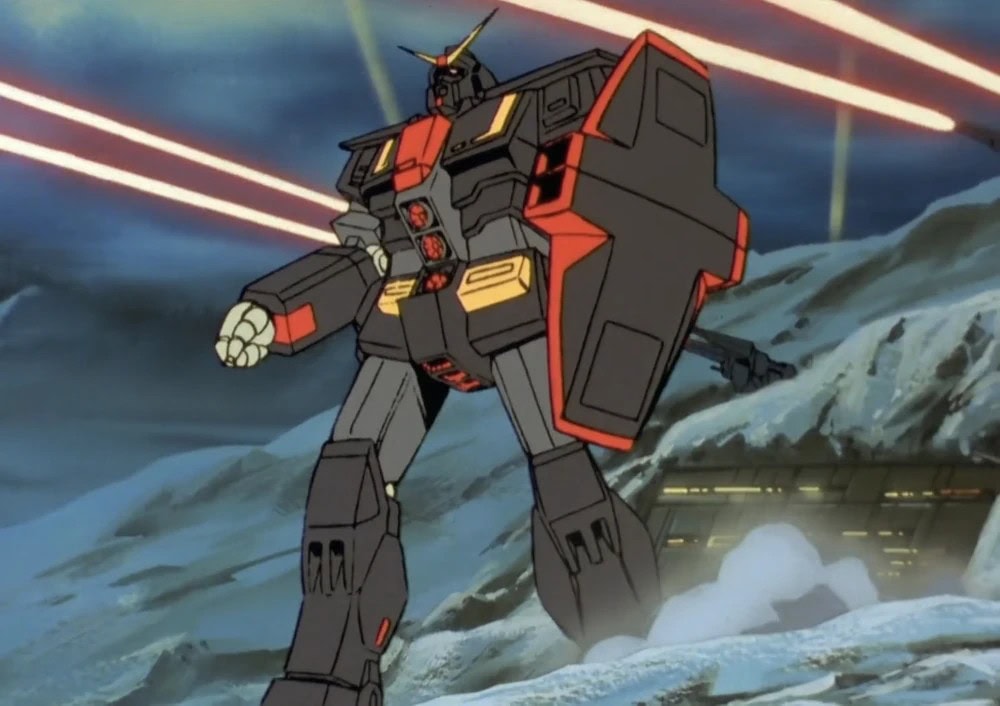
Mecha Profile: MRX-009 Pyscho Gundam
Gundams are already a terrifying sight to see for regular pilots in their mass-produced mobile suits but what if a Gundam gets even larger, stronger and even transformable? The 40-meter Psycho Gundam strikes fear in their eyes.
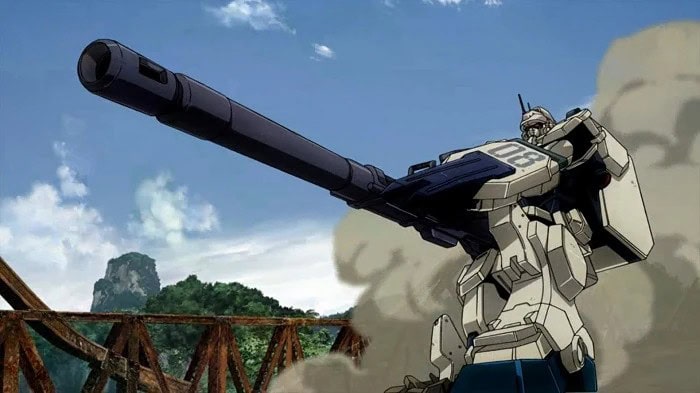
Mecha Profile: RX-79[G]Ez-8 Gundam Ez8
Some pilots want their Gundam extra thick because they keep getting shot at so instead of dodging, perhaps increasing its armor is a better choice, an armor so thick they were made from the enemies themselves – the Ez8 Gundam.
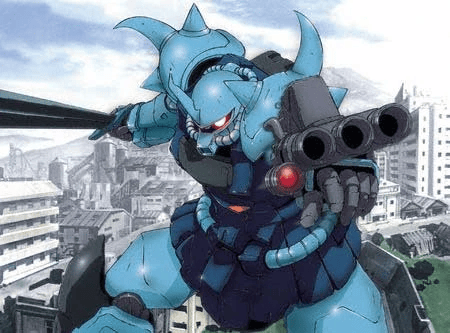
Mecha Profile: MS-07B-3 Gouf Custom
Oh boy it’s definitely not a Zaku! The Gouf Custom is a fine choice for Zeon’s aces that prefer lighter mobile suits for close quarter combat over the mass-produced Zaku II.
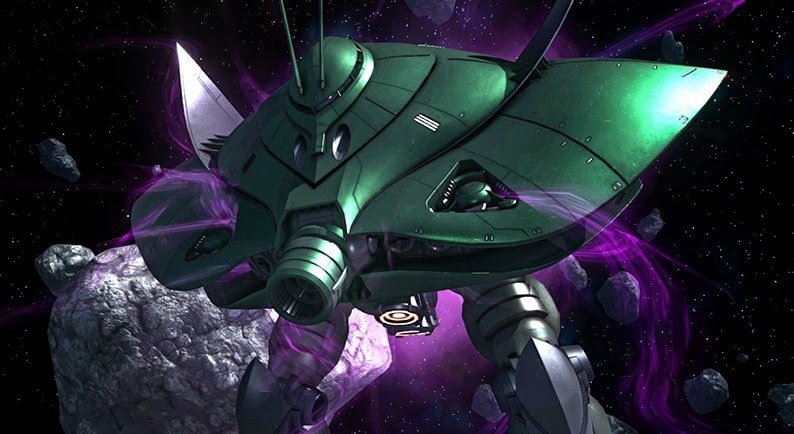
Mecha Profile: MA-08 Big Zam
This iconic and recognizable giant chicken-legged mobile suit – or mobile armor to be exact has made its debut to the Universal Century during One Year War – the Big Zam.
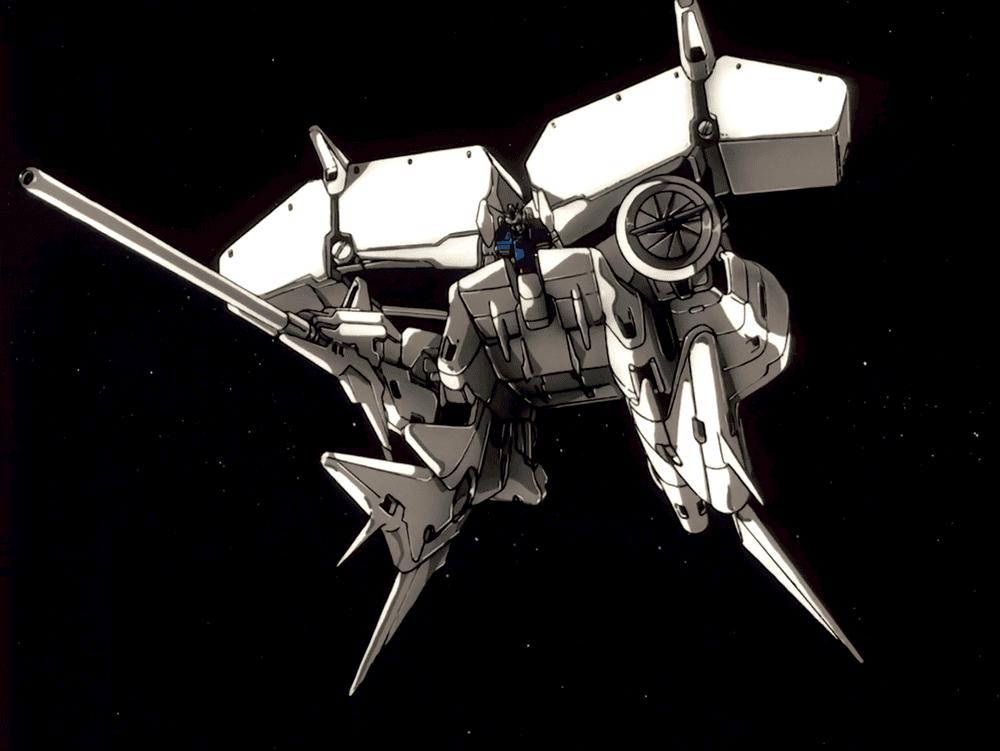
Mecha Profile: RX-78GP03 Gundam Dendrobium
A robot with a gigantic weapon pack on its back is undoubtedly one of the coolest ideas anyone can come up with and the Gundam Dendrobium is here to fulfill everyone’s dream of such. Piloted by the famous carrot hater via ace pilot – Kou Uraki, it soared through war-torn space in the middle of the Delaz Conflict.
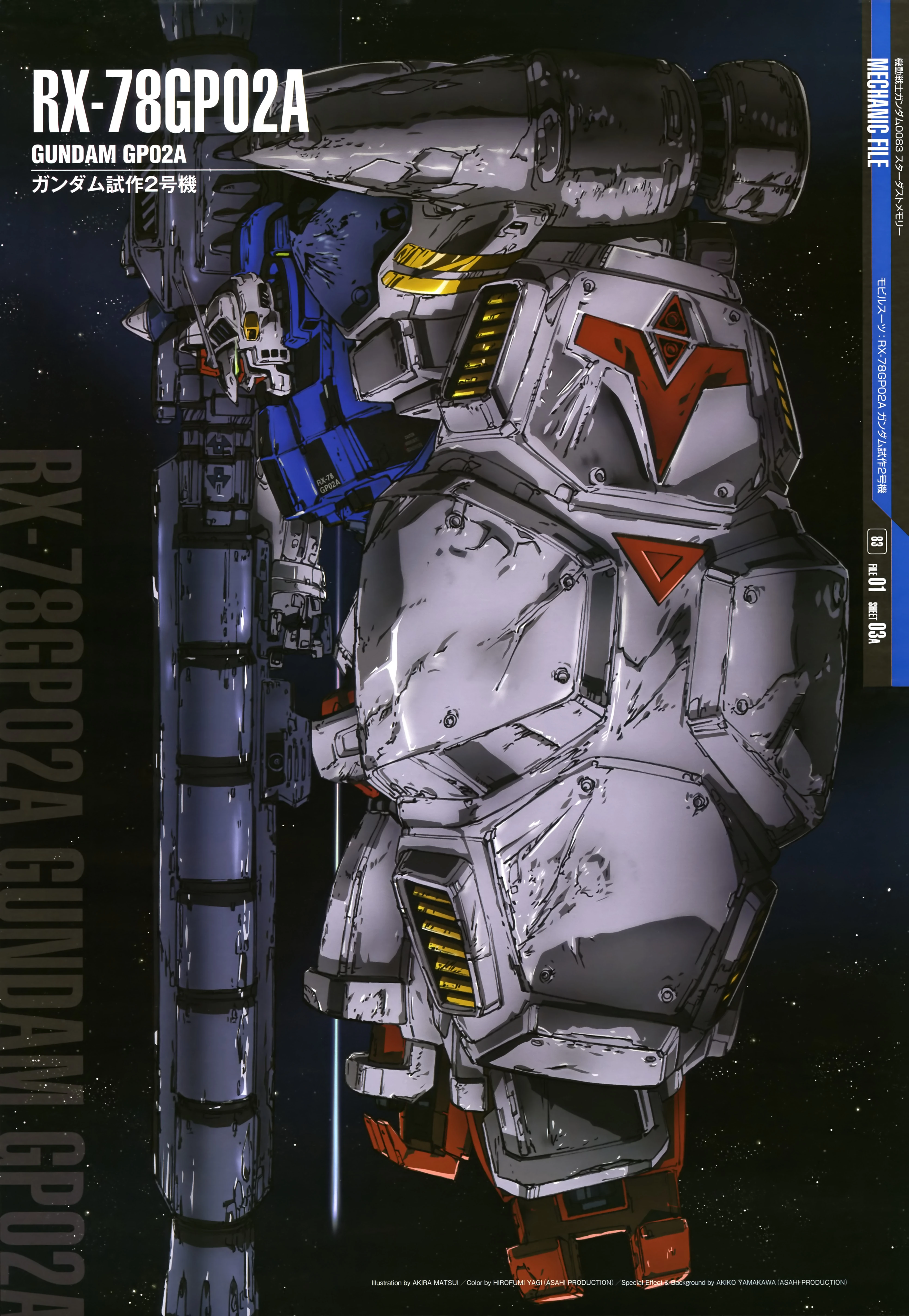
Mecha Profile: RX-78GP02 Physalis – Gundam 0083: Stardust Memory
Bulky yet very maneuverable, Gundam Physalis is one big nuclear threat that looms over U.C.0083.

Mecha Profile: RX-78GP01 Zephyranthes – Gundam 0083: Stardust Memory
Flowers that blossom on the battlefield are the strongest kind. The Gp-01 Zephyranthes is a high-mobility Gundam that returned to Gundam’s root with a core fighter.
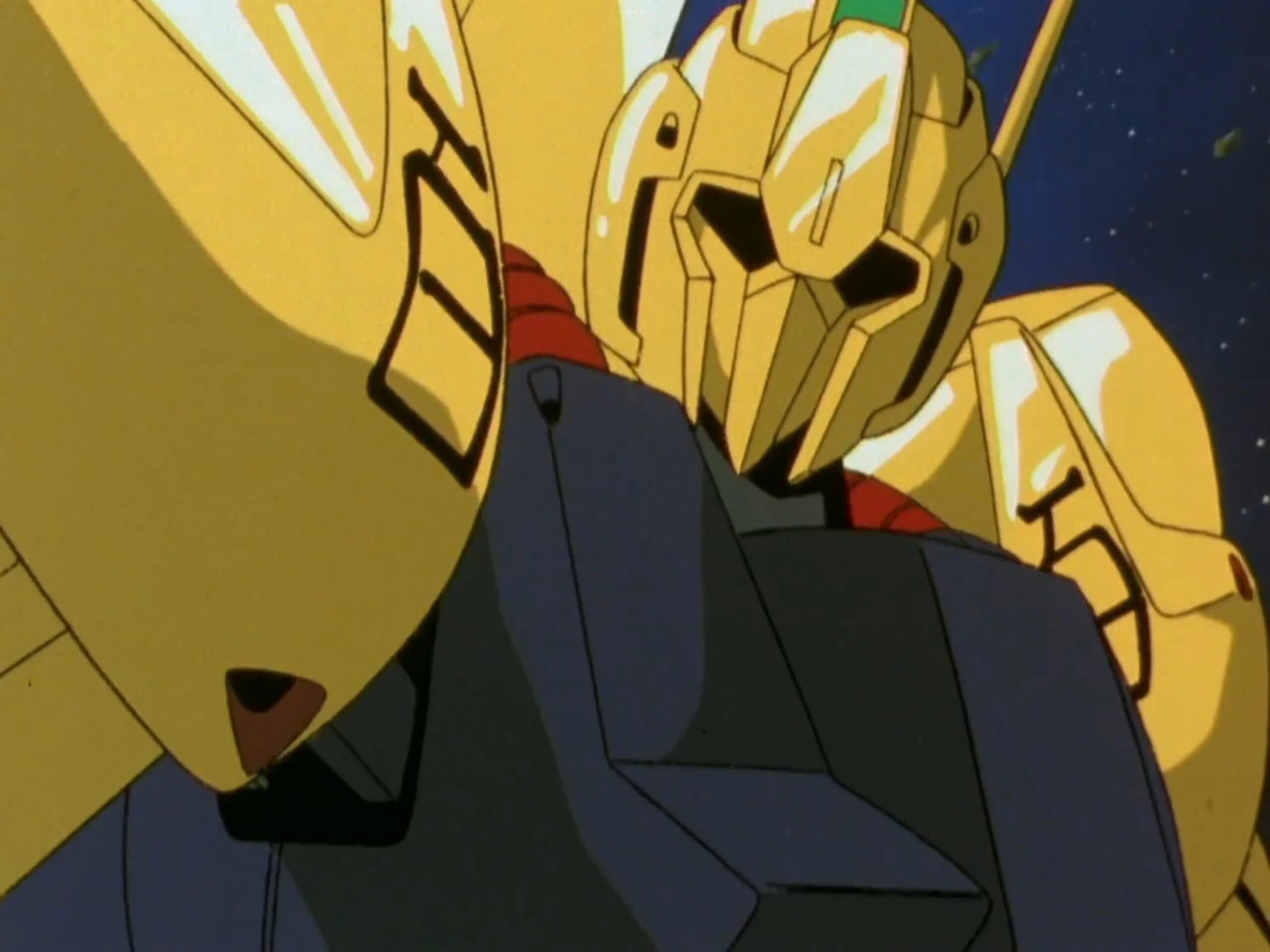
Mecha Profile: Gundam Z – Hyaku Shiki
An ambitious project to build a Mobile Suit that would last a hundred year. Cladded in a golden color is the Hyaku Shiki – aka Type 100 – which was Lt. Quattro’s personal mobile suit.
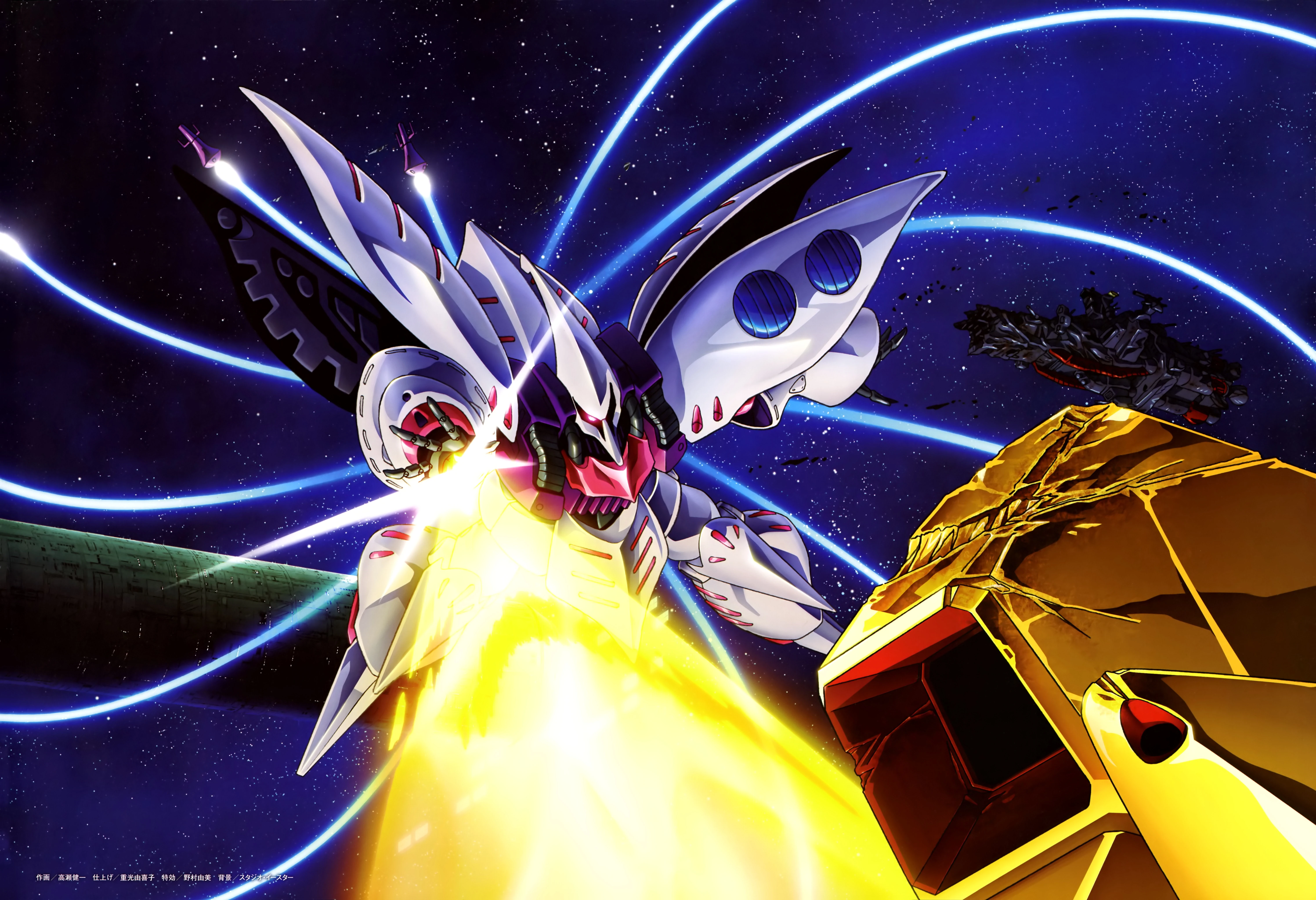
Mecha Profile: Gundam ZZ – Qubeley
A machine fitting for the queen of Neo Zeon. The Qubeley is a special machine made for a special pilot. Its funnel dominate the battlefield.
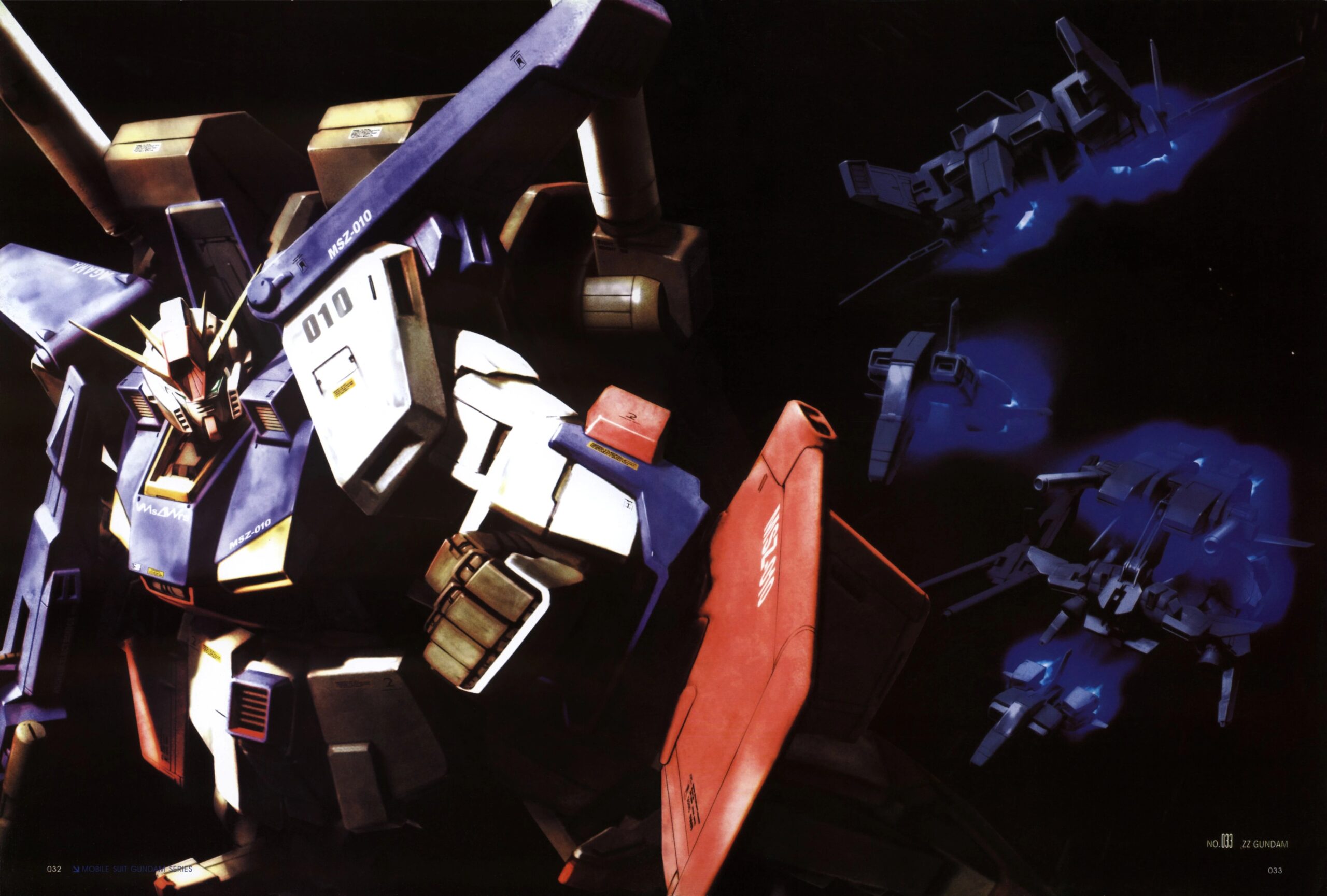
Mecha Profile: Gundam ZZ – ZZ Gundam
Power overwhelming! One of the main Gundam with the highest firepower pre CCA. The ZZ Gundam is an all-in-one combiner that was pivotal in the war against the Neo Zeon.
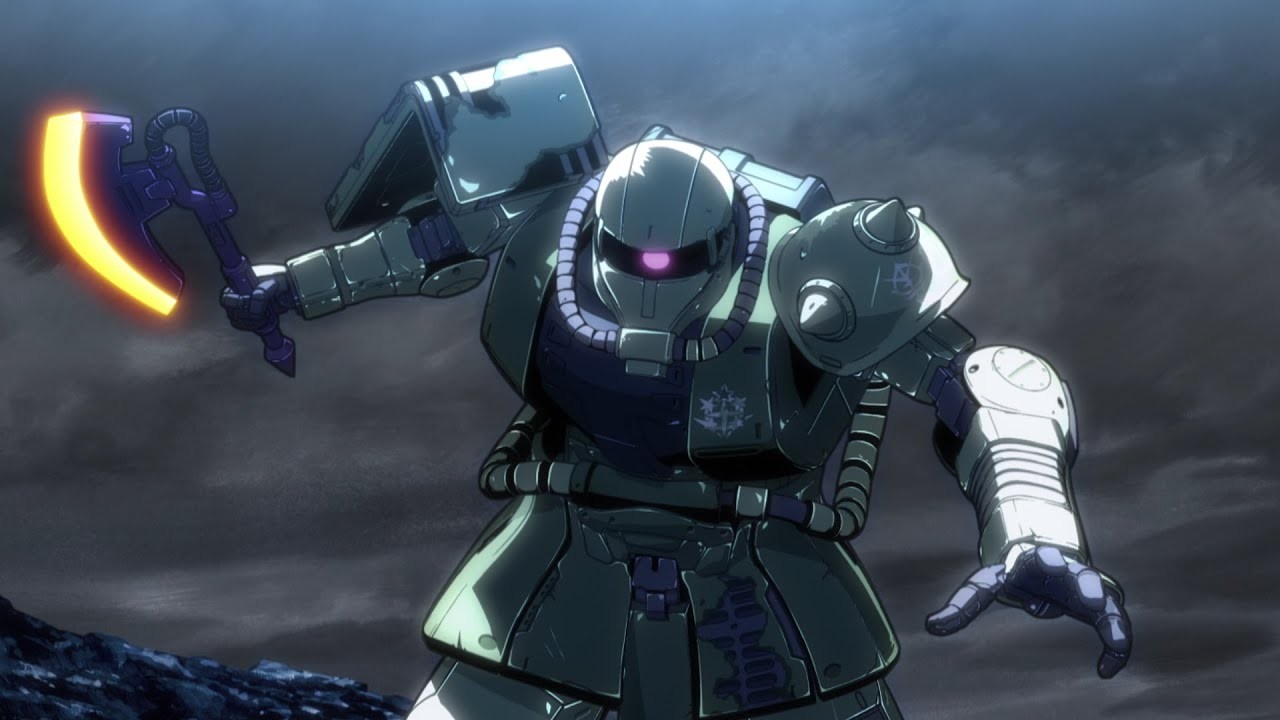
Mecha Profile: Gundam 0079 – MS-06 Zaku II
The backbone of the Principality of Zeon in the One Year War. The Zaku is not a super prototype, but its reliable performance has brought Zeon many victories – especially when Char Aznable pilot it.


